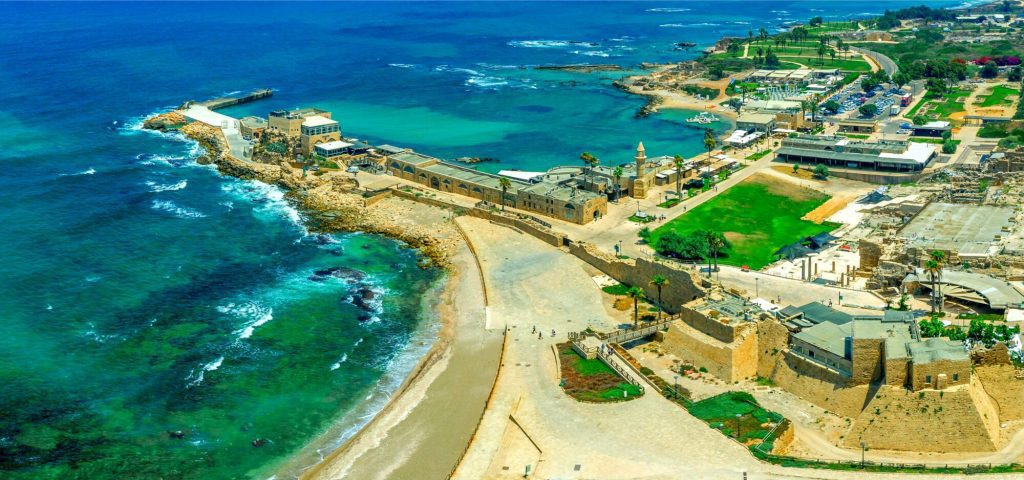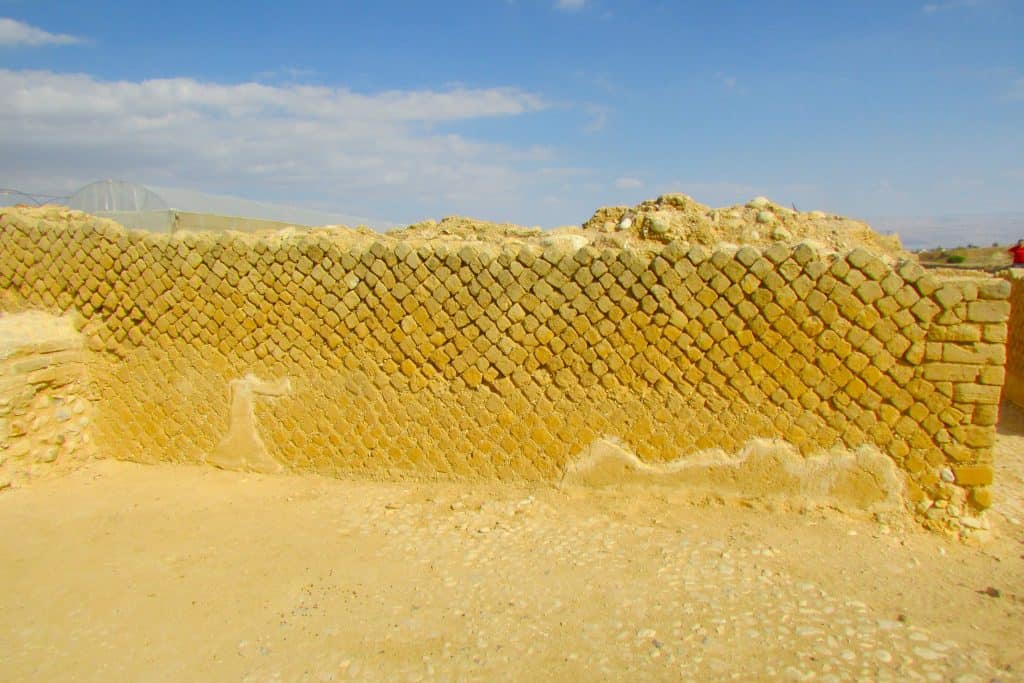Roman concrete, also known as opus caementicium, was a revolutionary building material that allowed ancient engineers and architects to construct some of the most impressive structures of the time. One of the most notable examples of using Roman concrete was during the reign of Herod the Great, who ruled Judea from 37 to 4 BCE.

Roman Concrete Used to Built the Jewish Temple
During his reign, Herod oversaw the construction of several impressive buildings and structures, many of which still stand today. One of the most notable examples of Herod’s use of Roman concrete was the construction of the Herodian Temple in Jerusalem.
Moreover, this massive structure, destroyed by the Romans in 70 CE, was built using a combination of limestone blocks and Roman concrete. Furthermore, Roman concrete allowed the builders to create a large, stable foundation that could support the weight of the massive structure. So the result was an impressive and durable temple that symbolized Herod’s power and wealth.
Caesarea Maritima
Another notable example of Herod’s use of Roman concrete was the harbor construction at Caesarea Maritima in 22-15 BCE. At the time, Caesarea was a major port city on the Mediterranean coast. Furthermore, the harbor was built using a combination of limestone blocks and opus caementicium, which allowed the builders to create a sturdy and stable foundation for the massive harbor. The harbor was a critical infrastructure for Herod’s kingdom, allowing him to facilitate trade and commerce throughout the region.
Opus Reticulatum

Credit: Yaakov , CC BY-SA 4.0, via Wikimedia Commons
In conclusion: the use of Roman concrete was a significant innovation in the field of engineering and construction, and it allowed ancient architects and builders to create structures that were both beautiful and durable.
Furthermore, Herod the Great was one of the most notable users of this technology, and his legacy can still be seen in the impressive structures he built using opus caementicium. Today, these structures serve as a reminder of the power and influence of one of the most significant rulers of the ancient world.

